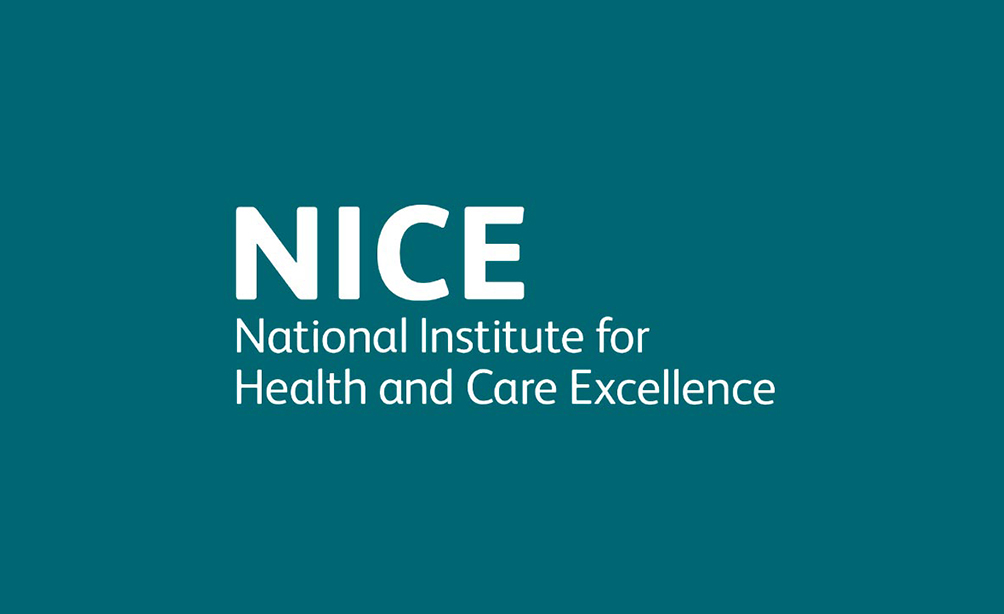looked after children and young people should be considered ‘one of their own’ by carers […]
[…] in order for them to fulfil their potential, new NICE draft guidelines say.
Over the coming months Rachel Shepperd, a consultant for dialogue, will be exploring this new draft guidance and supporting you to understand how you can meet the guidelines in your homes.
How can you ensure you are adhering to the NICE Guidance?
While all good homes will already be undertaking and/or facilitating the majority of the of the NICE guidance (outlined in 1.4.11) as best practice, it is worth focusing on some key elements to explore how homes can improve on best practice to enhance safer outcomes for the young people they support. Below are some suggestions as how homes can do this.
As we approach endemic (end of pandemic) there is a continued need to use electronic meeting applications such as Zoom, Teams and Google meetings to ensure all stakeholders are able to attend all safeguarding meetings regardless of location. This will ensure an in the moment sharing of expertise and standardising tools used for risk assessments (as outlined in 1.4.3) this will allow for the creation of focused based solutions, agreed by all, which in turn can improve overall safeguarding practices for individual children and young people.
Individual Local Authorities and Homes should endeavour to have specialised experts and/or therapeutic practitioners to work 1-1 directly with young people and key stakeholders such as staff within homes and education provisions. Their role should be to address, offer support and educate in relation to individualised safeguarding concerns for instance; missing episodes, exploitation and substance misuse etc (as outlined in 1.4.4, 1.4.6 and 1.4.8). This does not have to be expensive as you can appoint current members of staff to be champions with ‘areas of expertise’ and facilitate their training and upskilling (see online courses)2. This has the additional benefit of highlighting to Ofsted your commitment to the continued professional development of your staff and the home, as well as actively safeguarding children and young people.
Homes could consider having proactive safeguarding meetings and conferences rather than reactive meetings. Engage with local police forces and other key agencies such as Ysmart etc; invite them to team meetings and training days. This ensures you are keeping up to date with any current or emerging local safeguarding data, concerns and factions (as outlined in 1.4.5). It also promotes positive working relationships within the wider system.
Finally, engage and share practices which have secured positive outcomes within your homes with other managers; use forums such as those provided by Dialogue in order to improve the safeguarding of children and young people both regionally and nationally.
From Looked after children and young people: NICE guideline DRAFT
(April 2021)
1.4 Safeguarding
1.4.1- Local authorities should facilitate a multidisciplinary approach to safeguarding looked-after children and young people. This approach should:
· include multiagency safeguarding meetings
· facilitate the sharing of data between agencies
· seek the views of looked-after children and young people and their carers, to ensure that responses to safeguarding risks are effective and acceptable; for example, by coordinating safeguarding responses for siblings in care.
1.4.2- Hold safeguarding meetings to bring together practitioners from multiple agencies involved in the care and support of looked-after children and young people such as: social care; fostering, residential and connected care; education and the virtual school; healthcare; voluntary agencies; housing services; emergency services; policing; and immigration.
1.4.3 – Use safeguarding meetings as an opportunity to review the case files for looked-after children and young people, share expertise and standardise tools used for risk assessments.
1.4.4 – Local authorities should seek specialist support to address safeguarding risks outside the home (contextual safeguarding), exploitation, and children missing in care. This practitioner should lead and facilitate review meetings and build clear lines of accountability. The practitioner could be, for example, a missing person’s coordinator or another trauma-informed specialist with knowledge of exploitation and safeguarding issues in the looked-after population.
1.4.5 – Assess the safeguarding risk of a looked-after child or young person using data shared across agencies. This could include data on vulnerabilities: at the individual level (such as those captured by risk assessment tools) at the group level (red flags specific to subpopulations such as young girls, trafficked children and unaccompanied asylum seekers) at the community level (gathered from community-level health and mental health data, area deprivation indexes, number of county lines operating in a single area, and area-specific missing person reports).
1.4.6 – Use training and review meetings to ensure that practitioners and carers working directly with looked-after children and young people are:
· able to recognise critical moments for looked-after people; that is, times when they may be more open to change and receiving help
· aware of the early signs of, and risk factors for, gang affiliation, exploitation and going missing
· familiar with how to report concerns.
1.4.7- Promote positive relationships (including broader relationships such as those with carers, siblings and practitioners) as the main way to prevent exploitation and children going missing from care (see also recommendation 1.2.1).
1.4.8 – Provide tailored support for the looked-after child or young person to prevent exploitation by addressing issues specific to young girls, trafficked children, and unaccompanied asylum seekers (for example, addressing issues of self-esteem, domestic violence, negative relationships, previous exploitation
You can find out more information on the NICE draft guidance here: NICE draft guidance
